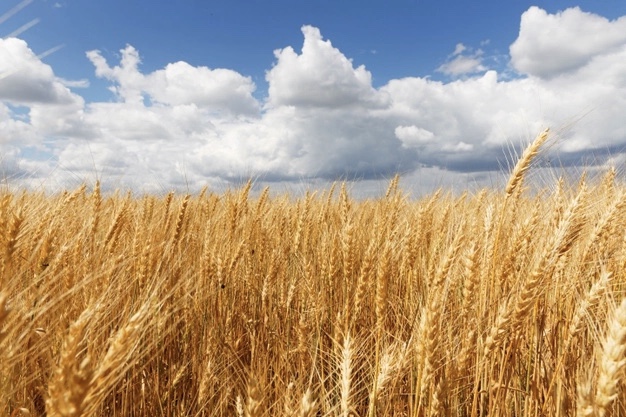THE WHEAT INDUSTRY AND ITS IMPACT IN THE ECONOMY
We have been seeing the agro industry growing at a rapid speed that feeds millions of people and accounts for the economy.
In terms of trade value and as a staple in household diets, wheat is a main global commodity. Wheat prices, including climate yields, oil prices, lagging prices, and imports, are affected by many factors. These market drivers are likely to have an impact on world prices and, ultimately, food security, in addition to the gradual and steadily increasing global demand for wheat.
An extensive literature survey on wheat market fundamentals was conducted to investigate how these factors differently affect wheat markets, as well as a trend analysis using a uniquely compiled data set specific to significant wheat-producing areas.
Previous studies show that, among other factors, imports, climate, oil prices, and past prices have a significant relationship with changes in the price of world wheat.
For the time frame from over two decades, this study compiles and compares these same key variables from five major wheat export countries or regions.
Due to increase in resource scarcity and demand for food, there is a tension between natural resources and food production systems that has fuelled interest in analyses that inform stakeholders about the dynamics of the food market.
There is a clear increase in demand for all foodstuffs, with both the world population and the wealth of developing countries increasing, whereas the supply of natural resources is limited or, if renewable, can only be maintained or increased gradually.
Grains are currently the most significant contributor to the global supply of human food. Approximately 21% of the world’s food depends on the annual harvesting of wheat crops, often with relatively low stocks.
Wheat-based foods are consumed majorly in many developing countries, which means that increase in wheat prices will have a noticeable impact on food costs and food safety.
Studies that simultaneously consider the impact on the dynamics of the wheat market of global weather changes, oil prices, and imports are somewhat rare, particularly studies that consider the relationship between precipitation and wheat prices on a global scale in a region.
Such an integrated approach could provide a clearer understanding of the price of long-term wheat, but many studies on this subject consider the impact of only one of these variables at a time. Thus, in an era of climate change, a more integrated approach can help inform our discussion of cross-cutting issues for wheat markets.


xmc.pl
June 2, 2022Thank you for this fantastic site. I am looking around at the other comments, and wonder if I’m the only one here who gets this blog. Seriouslylook around at these comments people have left!
Edukacja Blogi
June 4, 2022Great write-up, I am a big believer in commenting on blogs to assist the weblog writers know that they’ve added something worthwhile to the world huge internet! (supply roblox-cheats.com). Anyway, in my language, there usually are not a lot good supply like this.
1cultural
July 4, 20221benignant
dissertation help ireland editing
July 5, 2022buy art online berlin https://professionaldissertationwriting.org/
research writing help
July 5, 2022dissertation assistance https://professionaldissertationwriting.com/
how do i write a dissertation
July 5, 2022online edd no dissertation https://helpwithdissertationwritinglondon.com/
writing your dissertation in
July 5, 2022dissertation review https://dissertationwritingcenter.com/
dissertation proposal sample
July 5, 2022phd dissertation help https://dissertationhelpexpert.com/
mba dissertation writing services
July 6, 2022online dissertation help https://accountingdissertationhelp.com/
proquest dissertation
July 6, 2022dissertation proofreading services https://examplesofdissertation.com/
writing a masters dissertation
July 6, 2022nursing dissertation help https://writing-a-dissertation.net/
dissertation acknowledgements
July 6, 2022proquest dissertation https://bestdissertationwritingservice.net/
dissertation crossword clue
July 6, 2022mba dissertation help https://businessdissertationhelp.com/
a dissertation
July 6, 2022edd dissertation topics https://customdissertationwritinghelp.com/
help writing a dissertation
July 6, 2022dissertation help galway https://writingadissertationproposal.com/
dissertation title generator
July 6, 2022dissertation writing assistance https://dissertationhelpspecialist.com/
best dissertation writing service uk
July 6, 2022writing a proposal for your dissertation https://dissertationhelperhub.com/
dissertation methodology
July 7, 2022dissertation title examples https://customthesiswritingservices.com/